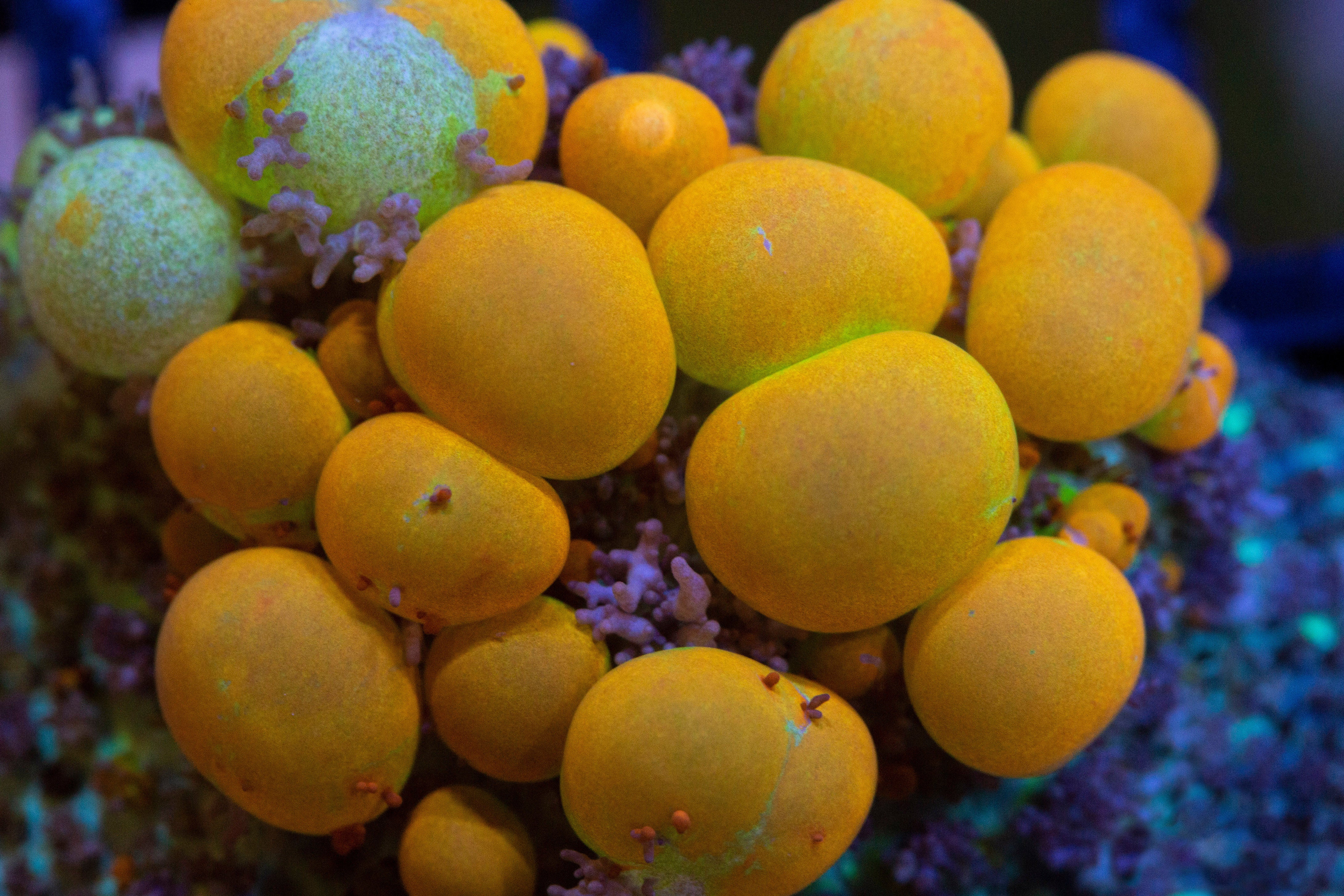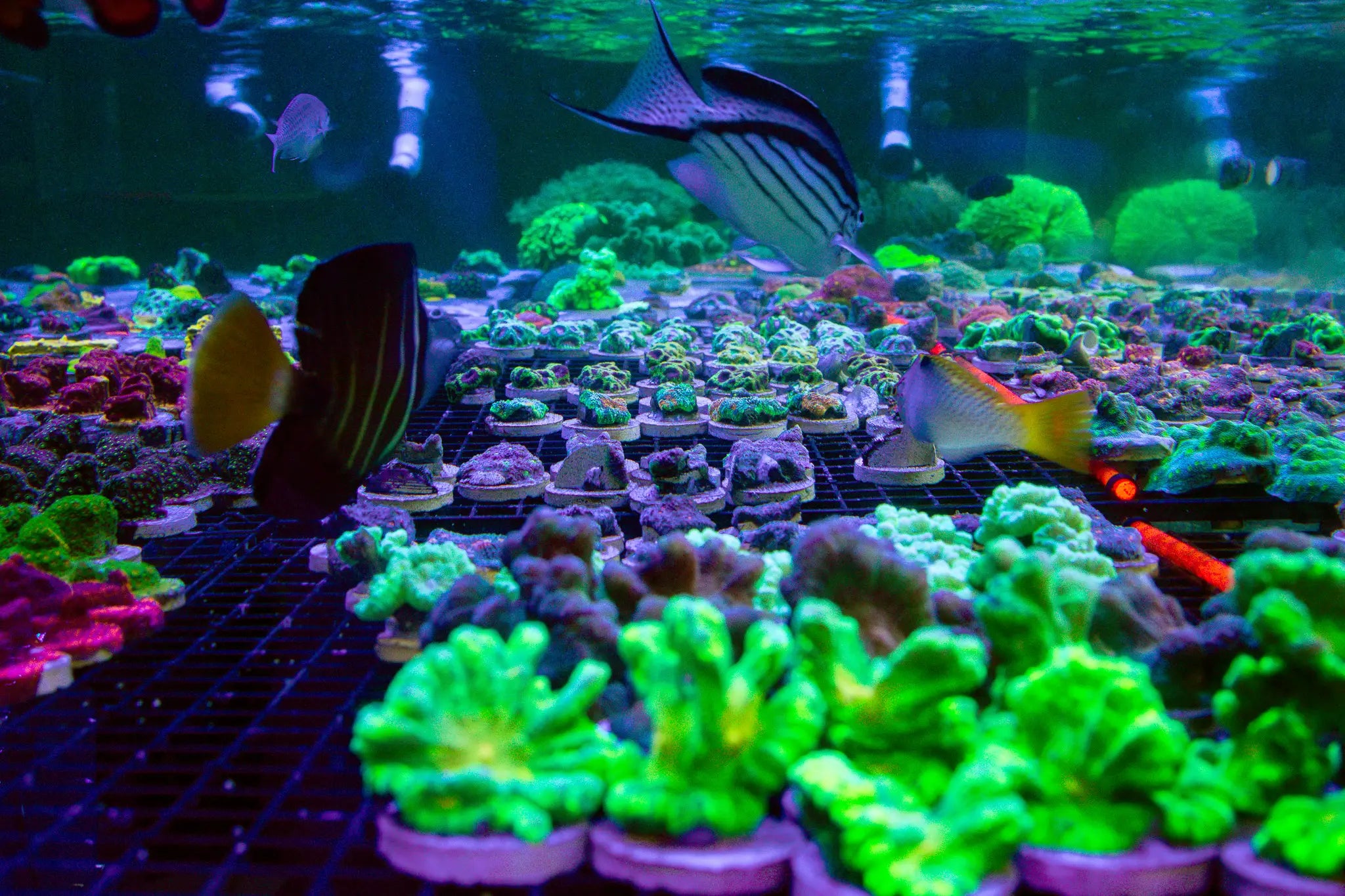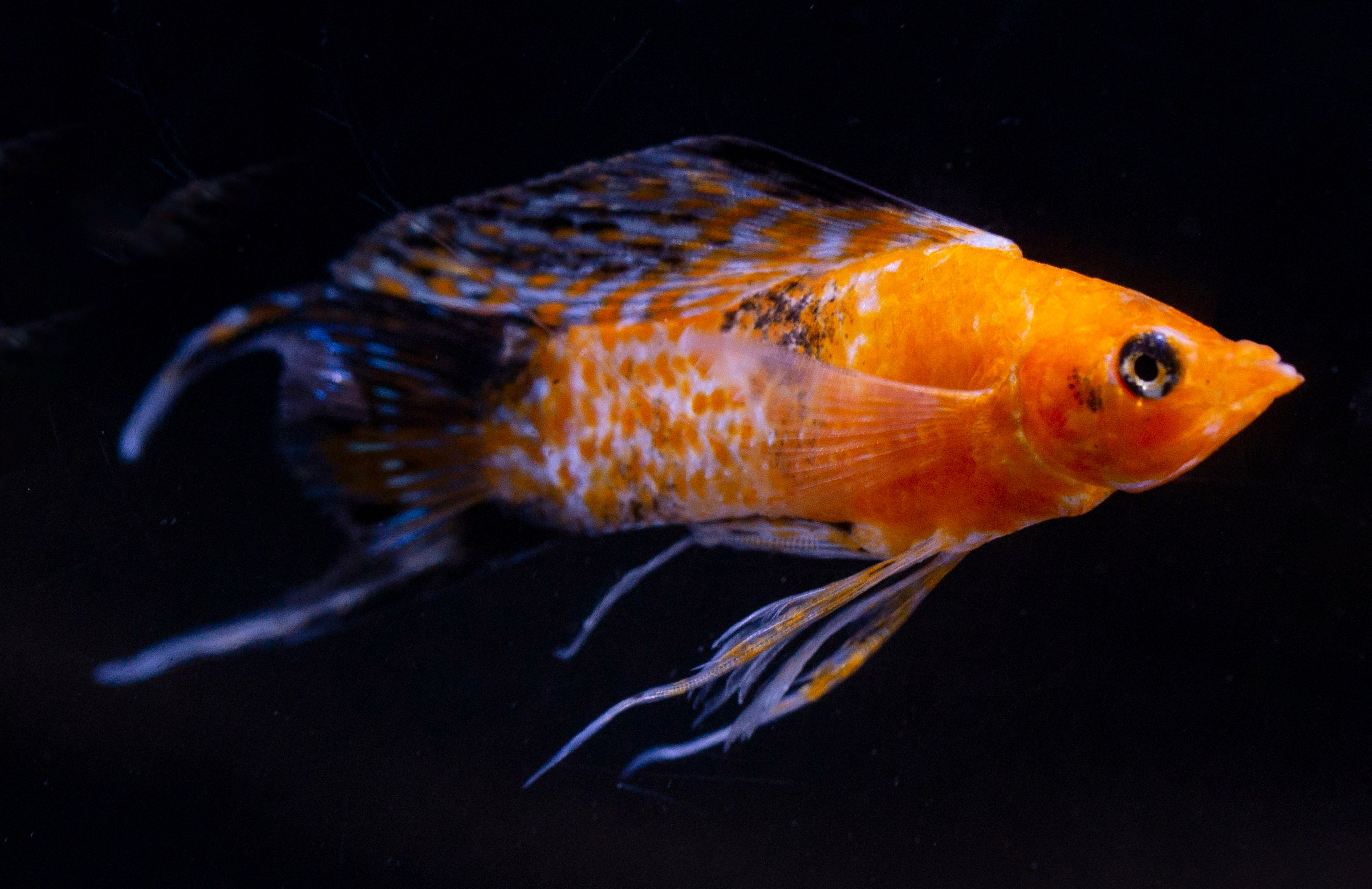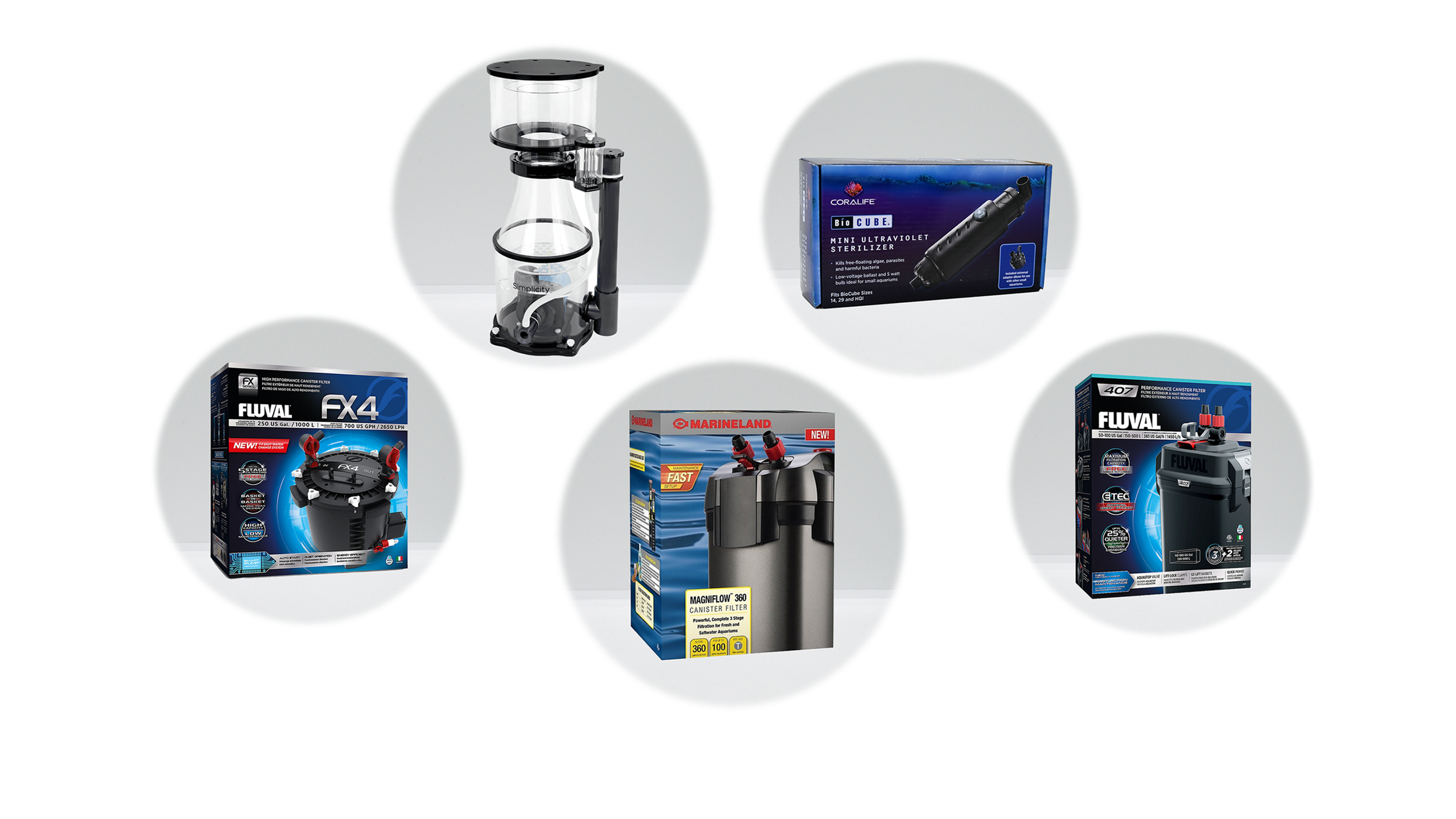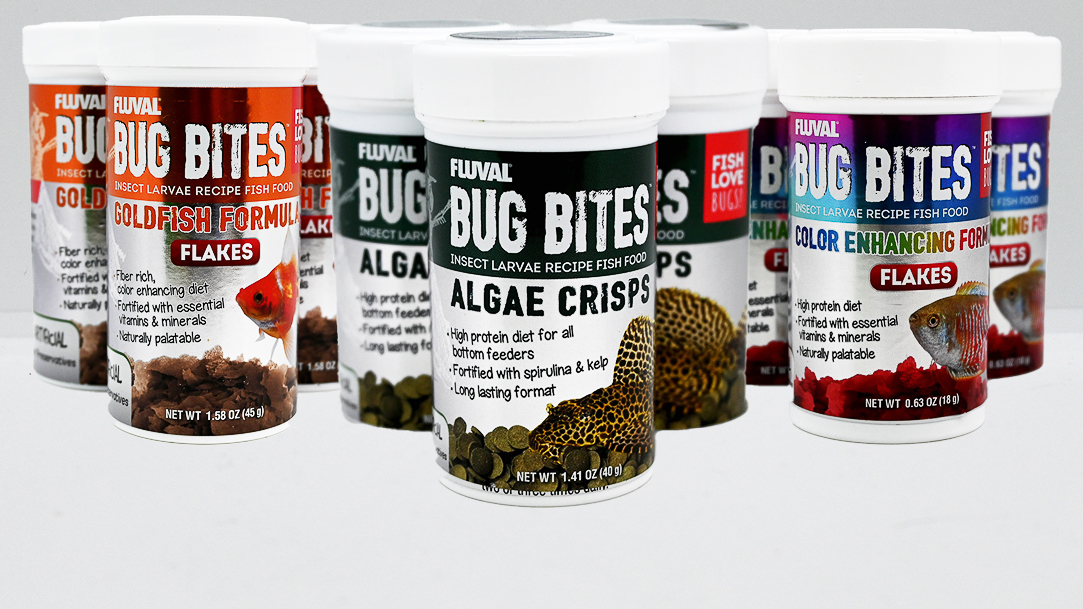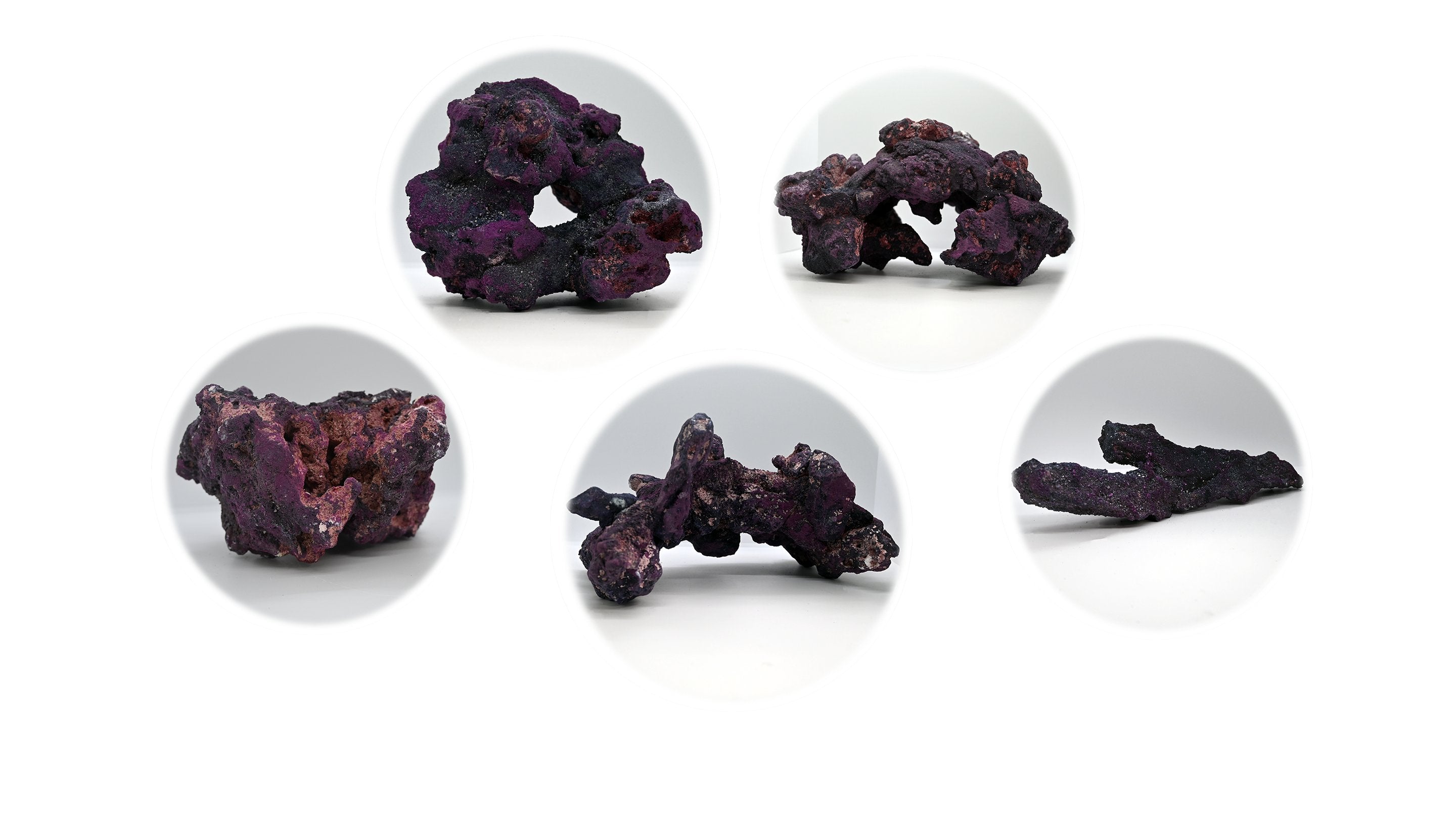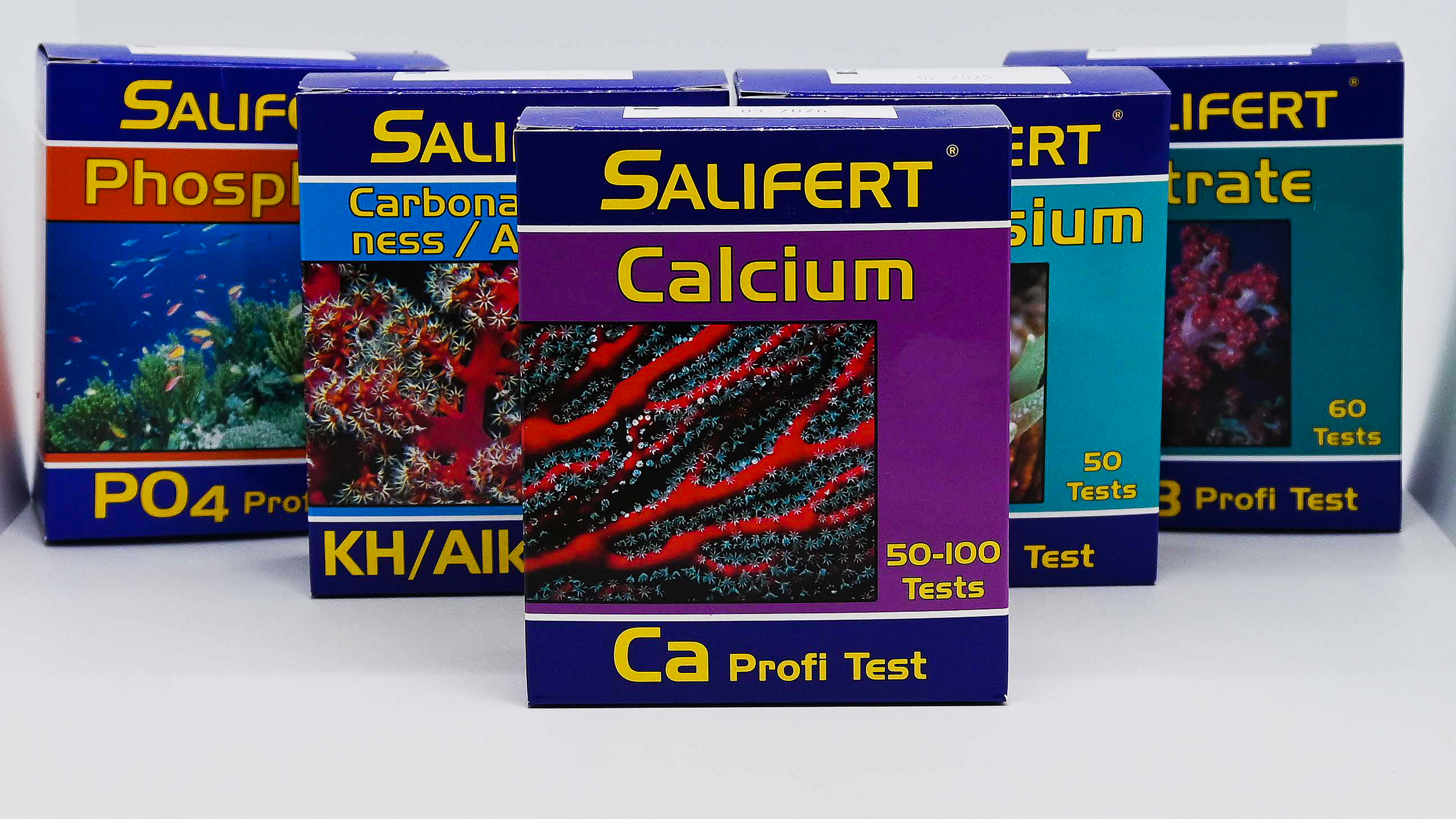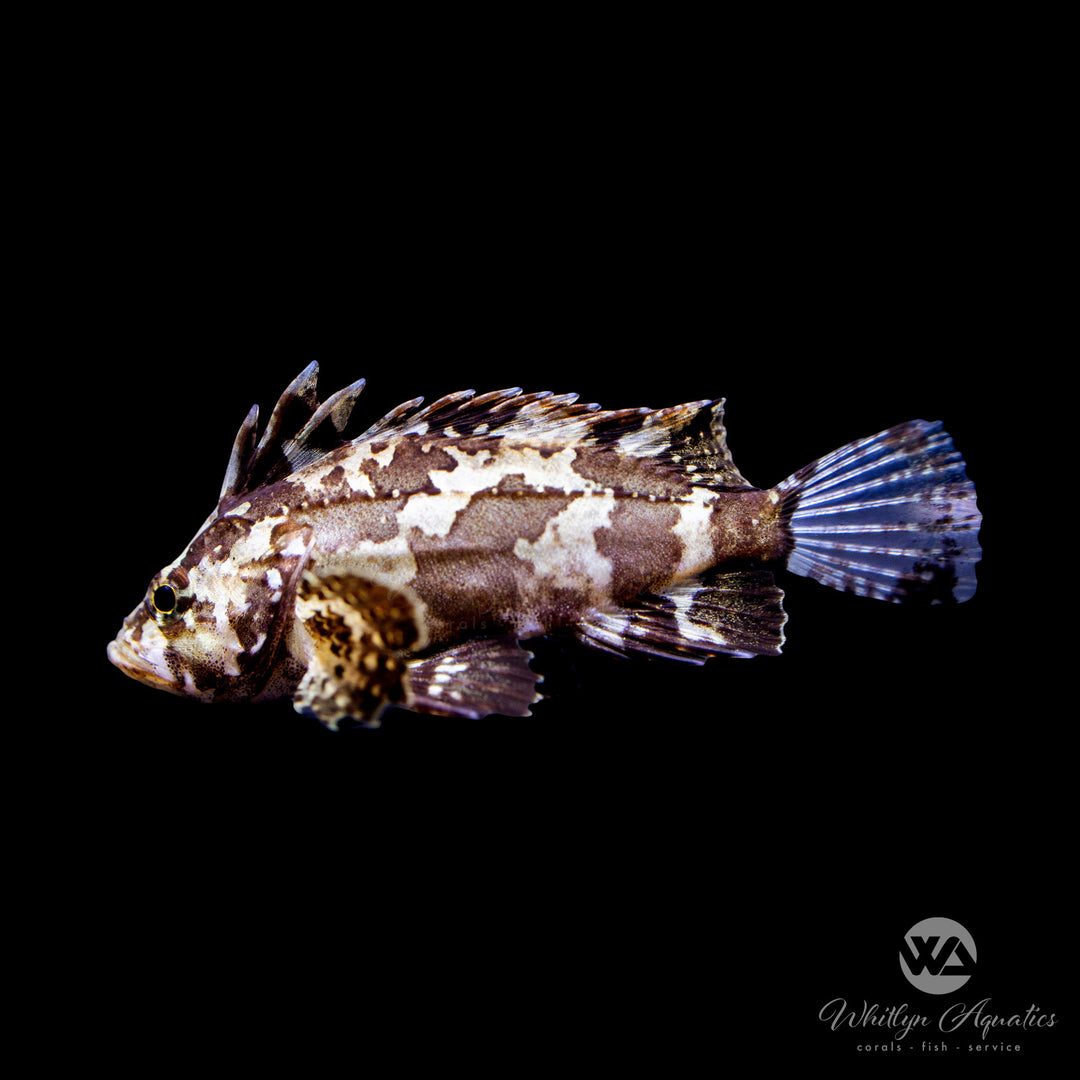
Leaf Goblinfish - Neovespicula depressifrons (Brackish)
- In stock, ready to ship
- Backordered, shipping soon
Leaf Goblinfish (Neovespicula depressifrons)
The Leaf Goblinfish (Neovespicula depressifrons) is a unique and visually striking species of goby known for its leaf-like appearance and intriguing behavior. This small, brackish fish is native to the shallow waters of the Western Pacific and is often sought after by aquarists for its unusual shape and fascinating lifestyle. Its ability to blend into its surroundings and adapt to fresh, brackish, or saltwater makes it a great addition to a well-planted aquarium or a reef setup.
Description:
• Common Name: Leaf Goblinfish
• Scientific Name: Neovespicula depressifrons
• Family: Synanceiidae
• Size: Up to 2.5 inches (6.4 cm)
• Color: Typically features a mottled coloration in shades of brown and tan, resembling a leaf or algae, which provides excellent camouflage among the substrate.
Native Region:
The Leaf Goblinfish is primarily found in the shallow reefs and sandy bottoms of the Western Pacific Ocean, particularly around the Philippines and Indonesia.
Aquarium Setup:
• Tank Size: Minimum of 10 gallons (38 liters) for a small group, although larger tanks are preferable for stability and space.
• Water Parameters:
• Temperature: 74-82°F (23-28°C)
• pH: 7.0-8.5
• Hardness: 8-12 dGH
• Diet: Carnivorous; primarily feeds on small crustaceans and zooplankton in the wild. In captivity, provide high-quality frozen or live foods like brine shrimp, mysis shrimp, and other small meaty offerings.
Care Level:
• Difficulty: Moderate
• Temperament: Generally peaceful, but can be shy and prefer to hide among rocks or plants.
• Lifespan: Approximately 3-5 years with proper care.
Behavior:
Leaf Goblinfish are known for their unique swimming style, often resembling a leaf or piece of debris as they glide through the water. They enjoy perching on rocks or plants and may display territorial behavior toward other gobies or similar species. Providing plenty of hiding spots is crucial for their comfort and well-being.
Additional Tips:
• Tank Mates: Best kept with peaceful, small marine fish. Avoid aggressive species that may harass them or larger fish that could see them as prey.
• Breeding: Breeding in captivity is not well-documented, and they are generally kept as display fish rather than for breeding purposes.





